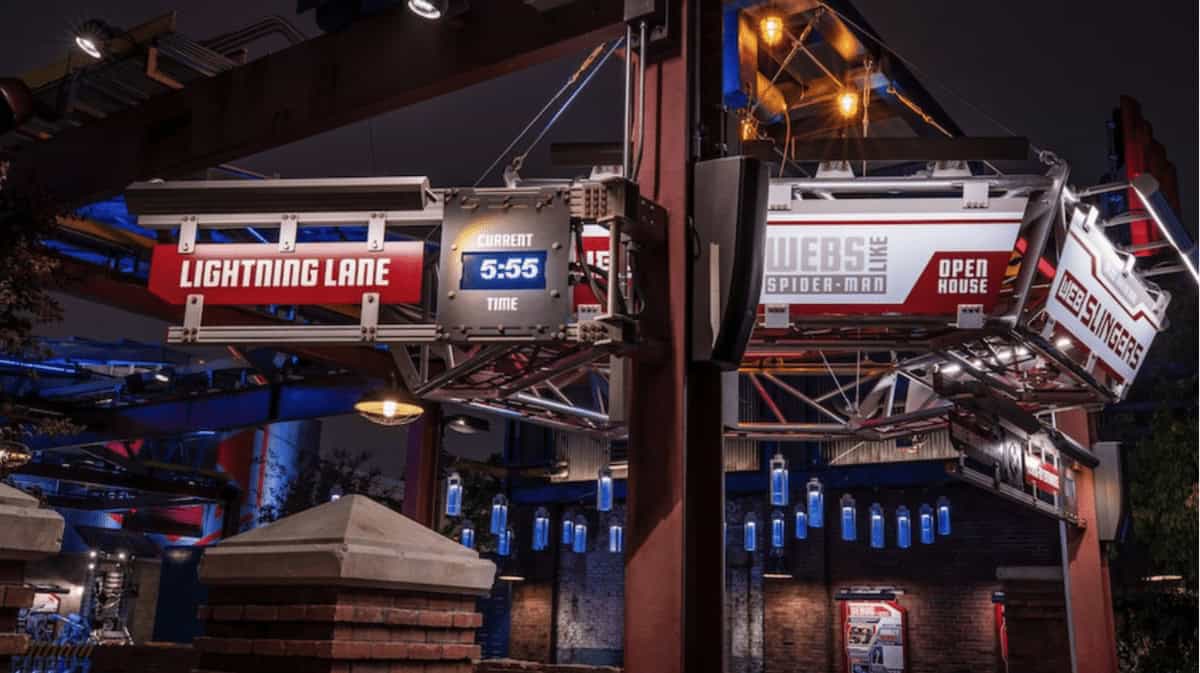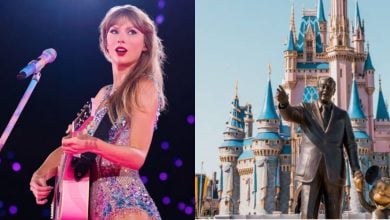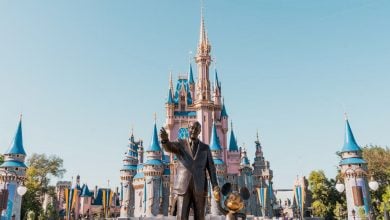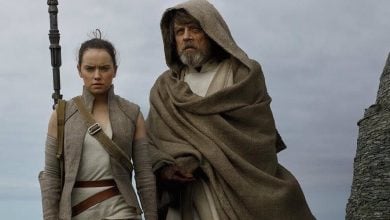Impact of Lightning Lane on Wait Times
Visitors have debated the influence of the Lightning Lane system on wait times at Disneyland and Disney World. Recent analyses highlight a significant correlation, particularly concerning the popular ride Pirates of the Caribbean. Before the adjustment to the Lightning Lane system, guests frequently waited in long standby lines, which many believed detracted from their overall experience.

A comparison of historical and current wait times provides compelling evidence. In the year leading up to the removal of Lightning Lane passes for Pirates of the Caribbean at Disneyland, the average wait time hovered around 25 minutes.
However, after discontinuing the use of Lightning Lane on July 1, ride-goers experienced a notable change. The average wait time dropped significantly to 15 and 17 minutes during the following days, including the typically crowded Fourth of July weekend.
This shift suggests that the Lightning Lane system may have previously contributed to increased standby wait times. Guests utilizing the paid service often disrupted the queue dynamics, leading to longer waits for those who chose the standby option.
Evidence from Operational Changes
The return to a standby-only model for Pirates of the Caribbean has proven effective in minimizing wait times. The exclusion of Lightning Lane meant cast members no longer had to manage interruptions in the standby line to accommodate guests with Lightning Lane access. This simplicity has led to a more streamlined experience for everyone.
The average reduction in wait times offers noteworthy evidence. With the Lightning Lane system out of the picture, the crowd dynamics shifted positively for standby guests. Cast members reported that without the need to pause the line for Lightning Lane entrants, guests could flow more smoothly through the queue.
This operational change sparked a significant difference in guest experiences, validating the longstanding suspicions of many Disney enthusiasts that the Lightning Lane could indeed be a factor in inflated standby times.
Guest Experience and Line Management
Crowd distribution is another critical element affected by the elimination of Lightning Lane. Previously, guests queued in a singular line, leading to potential bottlenecks and increased frustration. However, without the Lightning Lane, guests at Pirates of the Caribbean can now choose between two lines, effectively dispersing the crowds.

This adjustment resulted in more efficient line management, allowing guests to move quickly to their destinations. Additionally, during this period of waiting, visitors displayed shifts in behavior. Many guests who might have spent time shopping or dining while waiting for their Lightning Lane slot now remained closer to the ride, creating a more vibrant and dynamic atmosphere within the vicinity.
Moreover, this more balanced approach to queue management has led to secondary benefits. With Lightning Lane guests waiting in line instead of wandering around, it has allowed for better crowd flow throughout other areas of New Orleans Square, further enhancing the overall experience within the park.
Financial Implications for Disney
The financial implications of removing the Lightning Lane system pose a complex challenge for Disney. The profits from Lightning Lane passes are substantial, contributing millions to the company’s revenue each year. Given that many guests opt for these passes to skip extended waits, the potential financial impact of longer standby lines must be weighed carefully against the desire for improved guest satisfaction.

While guests benefit from shorter wait times, Disney may face difficulties as standbys accommodate more visitors without the corresponding expenditure on food, merchandise, or Lightning Lane passes. As visitors reconsider their spending habits, the opportunity cost to Disney could rise.
Prospects for the Lightning Lane system remain uncertain. Disney’s business model increasingly relies on such innovations for revenue generation. Nevertheless, recent statistics illustrate a critical balancing act: offering guests an enjoyable experience while maximizing profits from services like Lightning Lane. The long-term viability of Lightning Lane rests not only on its financial contributions but also on maintaining a happy and engaged customer base at parks like Disneyland and Disney World.





